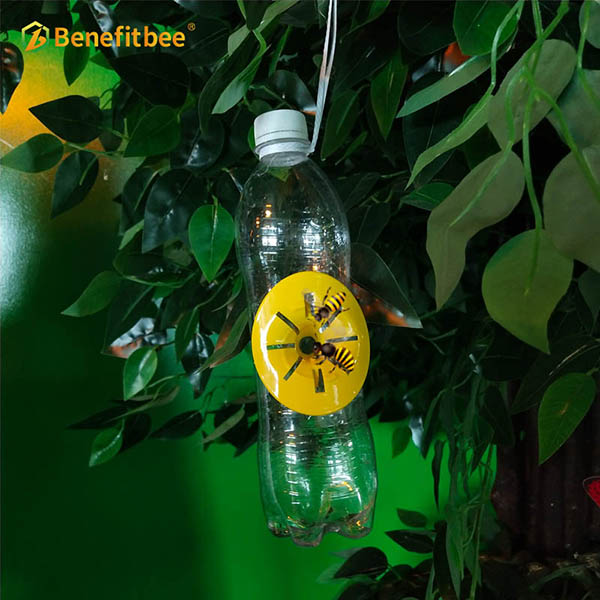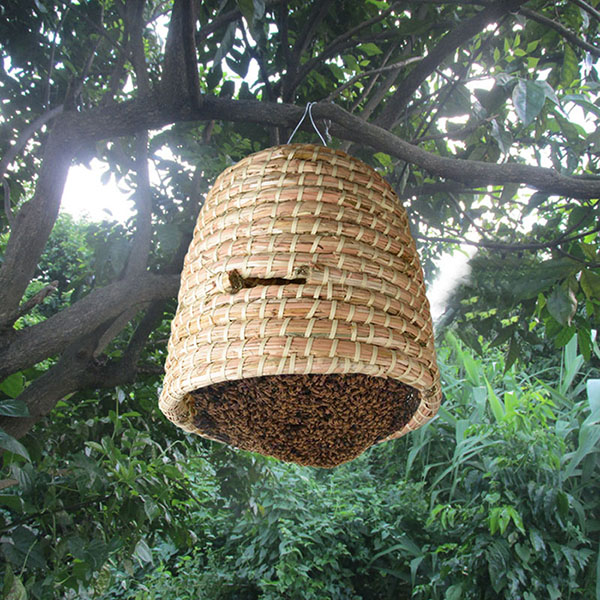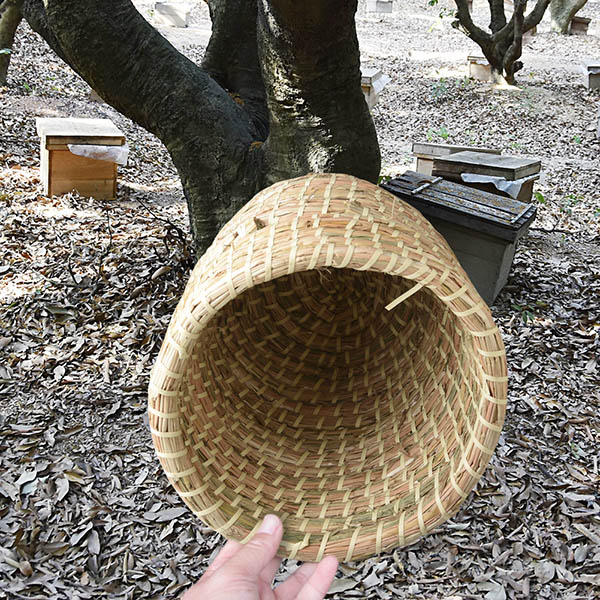How to get bees for beekeeping
 Oct 14,2022
Oct 14,2022

 Lucia Ma
Lucia Ma
Bees are most well-known for picking flowers and making honey. The honey produced is a natural nutritional product. Real pure natural honey is very popular in the market. Therefore, beekeeping has also become an effective way for many people to get rid of poverty and become rich. Obtaining the source of bees is a problem, let's take a look at how to attract bees to breed by themselves!
Bee trapping time
If you want a successful bee trapping, you must choose the right time and place to operate. After the bee population reaches a certain number, there will be natural bee colonies, and the same is true for wild bees. Generally, the natural bee separation time of wild bees is mostly concentrated in March to May each year, and wild bee colonies can be collected at this time. . There is also a period when wild bee colonies can be collected, that is, in the high incidence period of wild bee migration, to lure and collect wild bees. The migration period of wild bees is generally concentrated in July to September each year, which are the two key times for collecting wild bees. part.

Bee trap
The most basic tools for attracting bees are beehives and bait. The production method of beehives is very simple. The box can be made of ordinary beehives, square beehives or even drums, but it is necessary to ensure that the beehives have no peculiar smell. If conditions permit, beeswax can be melted Brush on the inner wall of the beehive, and at the same time leave a door that can be closed. The bait can be syrup, honey water, etc. If there is an old spleen, you can put some in the beehive, so that the bee trapping tools are basically ready.
Bee trapping location
The key point of attracting bees is to choose a good location for bees, because bees have extremely strict requirements on the nest site, not only requiring warm in winter and cool in summer, but also rich in nearby nectar sources, and at the same time can resist the invasion of natural enemies. Check to see if there are bees in the vicinity and the more the better, and then check whether the selected location matches the nesting habits of bees. After placing the beehives, pay attention to taking measures to prevent ants, otherwise all the feed will be lost. Feed the ants.

Periodic inspection
After the beehives are placed, they should be checked regularly. The inspection time should be the next morning. It is not necessary to check on consecutive rainy days. However, on sunny days after consecutive rainy days, you need to check more times. There may be unexpected surprises. After the colony, first carefully check whether the queen bee exists. If the queen bee exists, you can move it home and raise it. Note that the trapping hive can still be placed in the original place. There may be surprises, and there may even be a beekeeper at one point. Lure a few swarms of bees.

Harvest bee swarms
After the bees are lured back, they should be reared in a beehive in time. Here, it is recommended that you try to use live frame beehives for breeding. The advantages of live frame beehives will not be elaborated. Anyone who has used them knows that after passing the box, supplementary feeding should be made in time, and the feed is available. It can be syrup or honey water. If conditions permit, some spleens can be drawn from other bee colonies, which is conducive to quickly stabilizing the bee colony. From the next day, it is rewarded with dilute syrup or honey water every night until the bee colony. return to normal development.




 Tel:
Tel:

 Home
Home How can beekeeping prevent stung
How can beekeeping prevent stung  You May Also Like
You May Also Like







 Tel
Tel
 Email
Email
 Address
Address







